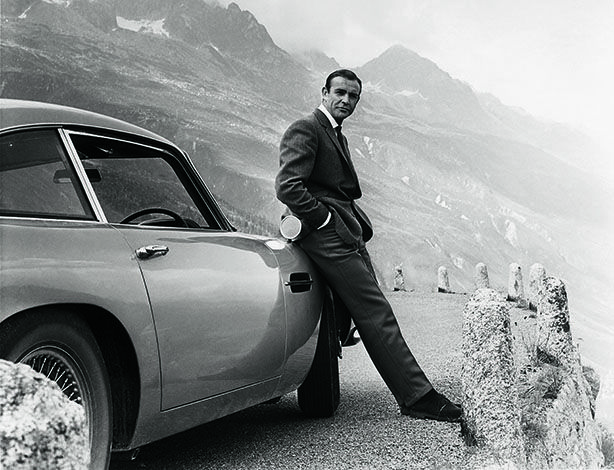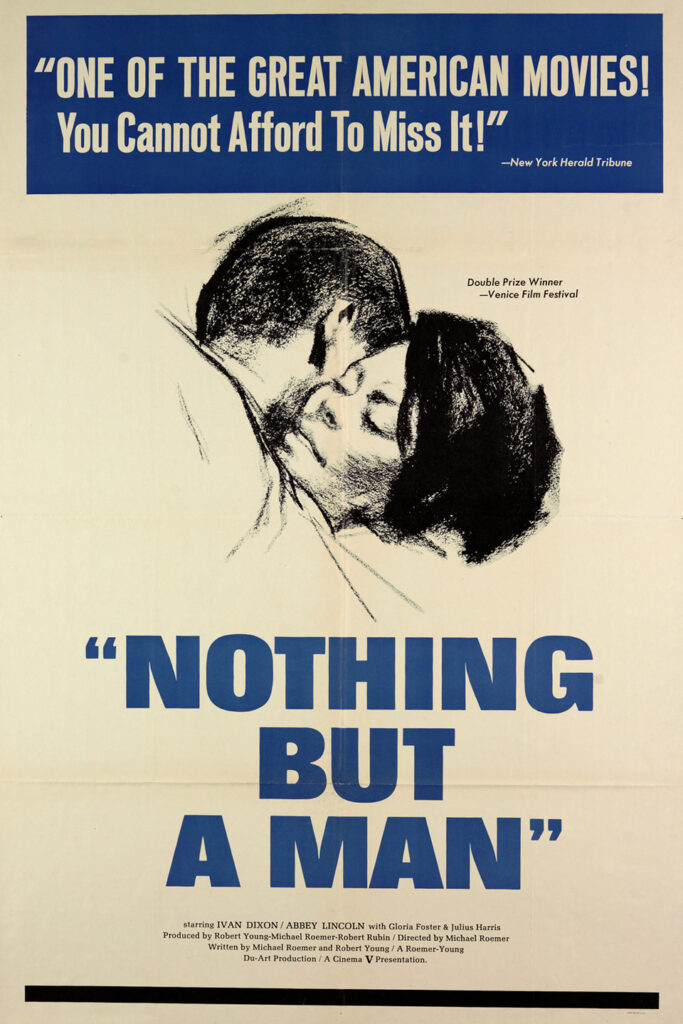The Last Man on Earth (1964): The Resurrection of Horror – Film Review

In the murky shadows of the silver screen, where the art of cinematic horror diligently works to resurrect itself in novel forms, “The Last Man on Earth” emerged in 1964 as a herald of evolution in the horror genre. Directed by Ubaldo Ragona and Sidney Salkow, the film bridges a transitory pathway between the classical vampire folklore and the impending rise of zombie cinema. It’s a crucible where science fiction intricacies amalgamate with the raw, uncultivated edges of survival horror, forging an architecture that would reverberate through subsequent decades of film.
The Structural Anatomy of a Liminal Nightmare
At its core, “The Last Man on Earth” is an adaptation of Richard Matheson’s novel “I Am Legend.” Starring the laudable Vincent Price as Dr. Robert Morgan, the film meticulously unearths the solitudes and desperations of post-apocalyptic survival. The narrative is gracefully marinated in an atmospheric gloom, resonating with a subtle critique of human existence and the perennial dread of societal collapse due to a pandemic. Cinematographically, the film luxuriates in shadows and silences, allowing the visual storytelling to percolate through the veins of its audience with a somber yet poignant touch.
Crafting the Atmosphere: Cinematic Techniques and Stylistic Choices
Delving into the crypts of its production, the film’s evolution bears the mystique of international collaboration. Primarily an Italian-American production, the film emerged as a cross-continental concoction of creative minds and diverse storytelling traditions. Elements such as location choices and the tapestry of cinematographic techniques offer a lens into the filmmaking styles and aesthetics that were collaboratively nurtured during its making. Vincent Price’s casting as the protagonist introduced a magnetic center to the film, his performance echoing with the nuanced vulnerabilities and strengths essential for the evolution of Dr. Morgan’s character.
“The Last Man on Earth” subtly choreographs an aesthetic rebellion in the portrayal of the antagonistic entities – the infected. Although not zombies in the classical lore, the creatures unveil a spectral essence that would echo in the subsequent narrations of zombie films. Their existence, marinated in a scientific causality rather than supernatural reincarnation, offered a novel dimension, allowing for a more realistic and relatable canvas for horror storytelling. Their movements, behavior, and the uncanny silence with which they haunt the screen, foreshadow the embodiments of cinematic zombies that would populate the horror genre in the following eras.
The Unholy Offspring: Influencing the Zombie Genre
A unique alchemy arises from the film’s willingness to deconstruct traditional vampire narratives and reconfigure them into a terrain that resonates with the vibrations of scientific curiosity and existential explorations. This is not merely a tale of survival against a monstrous other; it’s an exploration of loneliness, despair, and the persistent human endeavor for hope amid desolation. Dr. Morgan’s solitary existence is mirrored against the relentless dread of the infected, creating a labyrinth of psychological and emotional confrontations that extend beyond the physical realm of horror.
Legacy: The Eternal Echoes of Survival and Despair
An essential vein of the film’s legacy is its inspiration to subsequent filmmakers and narratives within the horror genre, notably George A. Romero’s “Night of the Living Dead.” It nudges the boundaries of horror towards a realm where the fantastical is imbued with the essence of believability, thereby enhancing the relational dynamics between the film and its audience. It posits a fundamental query: What does it mean to be human in a realm overshadowed by loss, despair, and the relentless hunting of an inexplicable other? It’s in the exploration of this question that the film meticulously crafts its contribution to the evolution of zombie cinema.
“The Last Man on Earth” invites its viewers into a symphony of shadows where the notes of traditional horror are recalibrated to echo with a contemporaneous relevance. The film, in its essence, is an ode to the transformative capacities of storytelling, demonstrating the profound potentials within cinematic horror to evolve, inspire, and resonate across the labyrinth of time and imaginative exploration. Its place within the cinematic archives is not merely that of a film, but as a foundational pillar that contributed toward the horizons of possibility within the evolutionary tales of horror.




